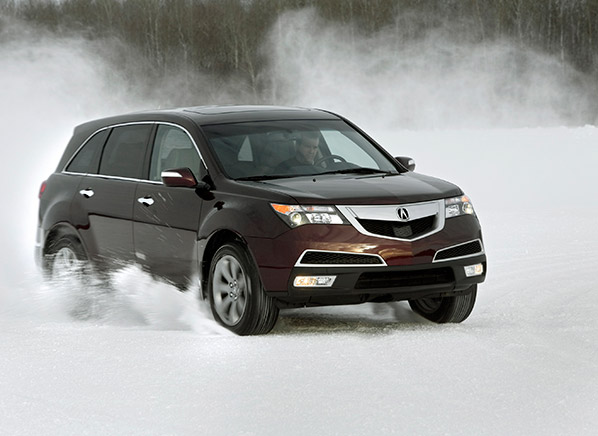The exterior of your car’s finish is one of the most important lessons to learn about ownerships, despite the make and type. Your car’s paint job is one of the most obvious features. This is also one of the expensive repairs/ replacements. Adding years to the life and luster of your car’s paint should be absolutely certain that taking the time to learn which products to use and when to use them in taking care of your car’s paint job.
Some of our Tips:
- Always start by properly washing your car using the proper tools. Using a cotton or paint-safe microfiber washing mitt, a 5 gallon bucket and good cleaning products specifically designed for automotive use. These companies offer products that are pH balanced, non-detergent formulas that won’t strip off wax, and combine them with lubrication to prevent scratching and conditioners to maintain the shine protection. The materials should usually be gentle on all painted finishes as well as rubber, vinyl, and plastic components.
- Do not skip drying the washed areas of the entire car. Drying your vehicle after washing is necessary to prevent water spots – those pesky mineral deposits that etch the outline of a drop of water into your vehicle’s paint. Auto detailing professionals advise using 100% cotton detailing cloths. Take note that polyester and microfiber can scratch your paint surface. If you want to get more high-tech, many car care product lines have “paint safe” drying towels that are super absorbent and claim to be lint and scratch free.
- If a good wash wasn't enough to get off all the road grime, bug residue, pollution or tree sap, the next recommendation would be to use a clay bar because it "pulls" contamination off the surface without abrasion or scratching. Detailing clay usually comes in a kit with a lubricating spray to protect your paint. You just spray the area to be cleaned, and then glide the clay along the surface of your paint - it will grab anything that protrudes from the surface. Detailing clay is not designed to remove paint scratches or swirl marks. Heavy tar or insect deposits may need to be removed using a specialty solvent.
- The paint looks dull- the problem is old oxidized paint. At this point, you have one problem with three solution: This is to either car polish, cleaner or rubbing compound. All three remove unwanted dull paint, but in varying degrees of aggressiveness. Polish removes the least amount of paint for a given application, while rubbing compounds remove the most and cleaners are somewhere in the middle. We recommend starting with an application of polish first before moving on to a cleaner. Rubbing compound is a very aggressive abrasive and you should talk to a professional before giving that a try.
- Car Waxing. Waxing is the most important thing you can do to protect your car’s paint and an absolute must if you have just used a polish or cleaner. Paint sealants give you longer lasting protection and will not melt, wash off or wear away for about six months.
To watch out for:
- Always start your project with the car out of direct sunlight. Make sure the paint is cool to the touch before applying any cleaning product or wax.
- Spray your car with ample amounts of water before washing. Use the water to spray off dirt and other contaminates that will scratch your car if you immediately start using a sponge and water first.
- Be sure to wash and rinse in sections so the car wash soap doesn’t dry before being washed off.
- Read the manufacturer’s directions on all car care products prior to use.


